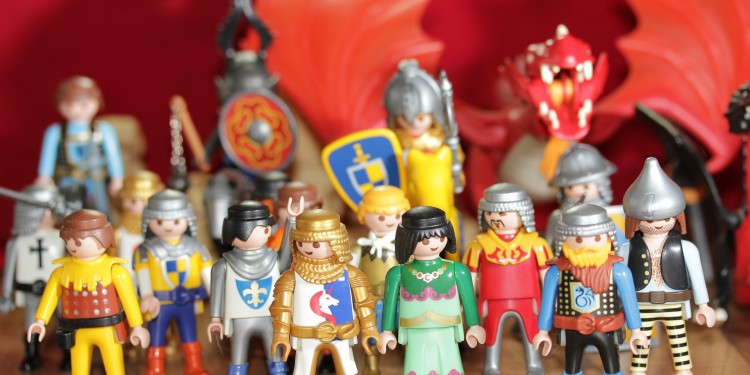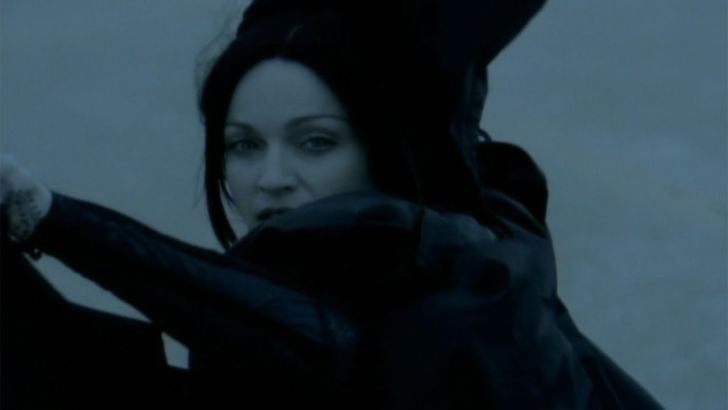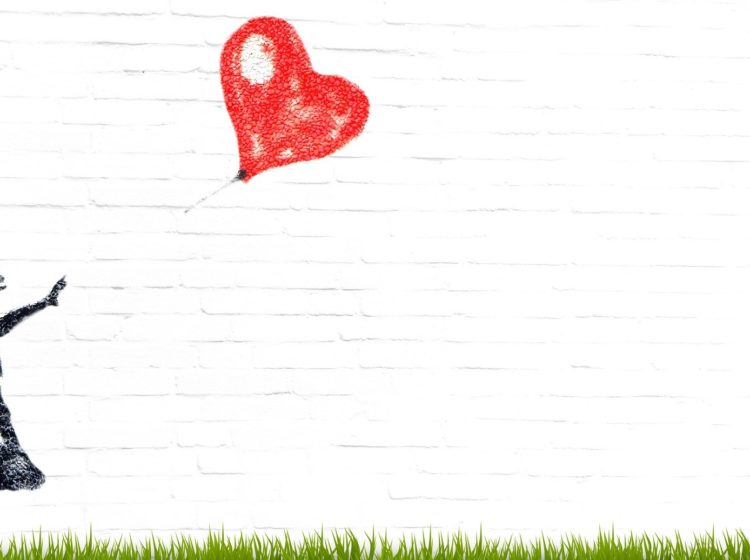Superheroes can have a good influence on children and can for instance teach kids to support others or allow them to find their strengths and develop morals.
Identifying with superheroes, in fact, helps children to find solutions; it’s a tool through which children can find the courage to deal with real situations of their life.
Superheroes allow kids to dare, to express brave parts of themselves. They also teach children to acknowledge their vulnerabilities and limits as elements that make them unique; the message is that being different is a plus. This is very important because is what help kids stay grounded without getting lost in an imaginary world. Identifying with these characters, in fact, doesn’t have to become a getaway from reality but has to remain a fantasy that is helpful for coping with reality and accepting it, also with its flaws. Kids can look up to and learn from superheroes because outside of their costumes they are real people with real problems and vulnerabilities, say psychologists who did research about this topic.
Children, as mentioned, can as well develop morals and generosity through superheroes: superheroes are protectors who fight against villains and the division between the two is strong and clear. Therefore kids learn to distinguish what is good and what is bad and, identifying with the hero, they embody a model; they line up with the good and through this they can discover their values.
We can also notice that Robin, Batman’s sidekick, teaches that you don’t need to be the front man to be successful; it’s fulfilling to get things done in different capacities. This figure shows that everyone needs a sidekick, even a superhero, and therefore it’s absolutely normal to seek help. You don’t always have to take center stage to do good. We are all destined to different roles and it’s important to give our best whatever our role is.
Through heroes we can as well learn to turn negatives to our advantage and develop strong points that make us unique. Especially in a world that constantly proposes us perfect and unattainable models, most of the time revised by photo editing, we can appreciate and value our flaws; to be proud of who we really are.
However, we cannot say that new heroes have the same role in teaching morals, compared to the iconic heroes such as Batman and Spiderman: according to psychologists who spoke at the Annual Convention of the American Psychological Association in 2010, watching superheroes beat up villains may not be the best image for boys to see if society wants to promote kinder, less stereotypical male behaviors.
Psychologists who did research about this topic explain “there is a big difference in the movie superhero of today and the comic book superhero of yesterday. Today’s superhero is too much like an action hero who participates in non-stop violence; he’s aggressive, sarcastic and rarely speaks to the virtue of doing good for humanity. When not in superhero costume, these men, like Ironman, exploit women, flaunt bling and convey their manhood with high-powered guns” (Sharon Lamb, distinguished professor of mental health at University of Massachusetts-Boston).






